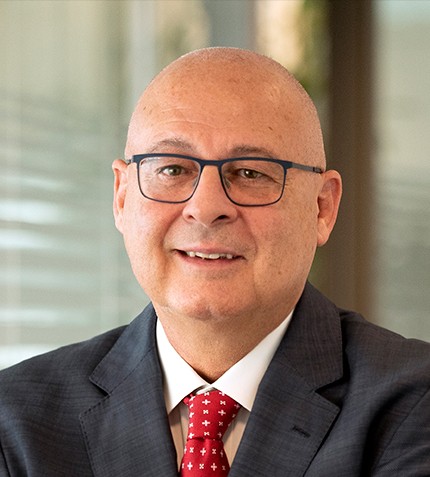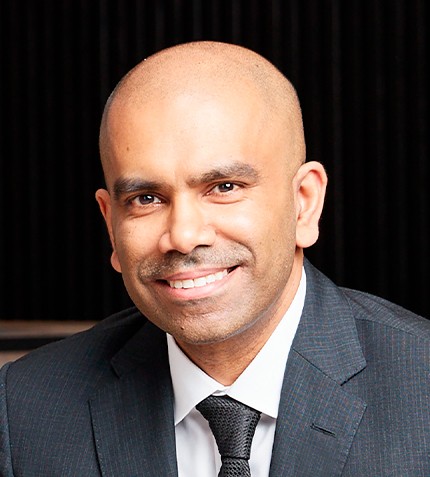
“In countries like Mexico, everything related to chronic degenerative illnesses will be a priority for laboratories focused on generic products. The demand for these products means there is an opportunity to have generic treatments available at lower prices.”
Alonzo Autrey
MANAGING DIRECTOR, DVA MEXICANA
How have the last 12 months been for DVA Mexicana, and to what extent has the business rebounded in 2021 from the initial impact of the Covid pandemic in 2020?
In 2020 we had very difficult months from May to July. They were very complicated months because a big portion of the pharmaceutical industry depends on tenders, which were drastically reduced from previous years. The food market also had a complicated year: since people were cooking at home, the consumption of processed food products was reduced. On the other hand, it was a record year for us on everything related to sanitization and disinfection. At the end of the day, for industrial and consumer specialties there were not enough materials for the market: everyone was sanitizing everything.
Currently, business has almost completely recovered. Volumes have been getting back to normal for foodstuff and pharmaceutical products since April 2021. Sanitation and disinfection demand has reduced because people's habits of extreme cleanliness are now back to normal levels. In comparison to previous years, 2020 was a positive year, and 2021 will be even better.
How is the company dealing with the current global logistics and supply chain challenges?
We already expected to encounter complications and were unfortunately not wrong. Freights have increased in cost by six to eight times. Freights from Asia to Mexico which used to be US$2,000 are now around US$16,000. This generated a lot of pressure regarding pricing of the chemical products we sell to the pharmaceutical, chemical and foodstuff sectors. This adds to delivery times issues, which meant we had to increase inventories to maintain the level of service.
Can you tell us about DVA’s own brand products, such as your EasyCoat line?
DVA’s EasyCoat line is a key area for us. To maintain the level of service on this line we leveled our inventories and, when possible, found alternate suppliers to ensure supply to clients. We have also invested on health regulation systems: We are about to be EXCiPACT certified, which is the international pharmaceutical excipients certification, which places DVA in a very strong position to offer products on a global basis. In the end, the complexity of international logistics opens opportunities for us.
What would you say are the biggest operational challenges for chemical distributors in Mexico?
I think the biggest challenge faced by clients is the response time for big changes in demand. Planning is very complex in this market. For example, we may speak with a client who tells us they do not see future demand for a product on a Friday, and on Monday put up an order 20% to 30% higher than usual. It is up to us as distributors to closely follow up the market’s demand and situation so we can have a quick response time and help the client deliver to health centers, government institutions, etc. on time.
Which pharmaceutical products do you see as having best potential for growth in the coming years?
In countries like Mexico, everything related to chronic degenerative illnesses will be a priority for laboratories focused on generic products. Likewise, the emphasis on preventive and attention measures for breast cancer is always growing, as well as alternative therapies. The demand for these products means there is an opportunity to have generic treatments available at lower prices for patients.
Can you elaborate on DVA’s technical services and how these add value to clients?
DVA focuses on customer service from beginning to end so we can offer a complete formulation of solid, semisolid, and liquid oral drugs. We have a laboratory in Mexico, and agreements with companies dedicated to drug development, which help to deliver the fastest way possible for the development of a drug.
Where would you like to see the company by the end of 2022, and what is your longer-term vision?
Derived from the EXCiPACT certification we are in the process of attaining, DVA has managed to export more coatings from our plant in Mexico. In 2022, we would like to have a more internationally consolidated business with higher penetration in markets beyond Mexico.
We are focused on continuing innovation and investing an important amount of resources in this area. As of now, we are in the process of obtaining a patent for coatings as part of our research process to help clients get better solutions for the drugs they offer. DVA offers quality innovative products and technology accessible to all clients to help them solve the challenges they are facing.










